Venture Inside Cuba’s Secret Societies
From Masons to Santería priests, photographer Nicola Lo Calzo offers a glimpse into the island’s many subcultures
Why is a man dancing barefoot in the street, a cone-shaped hood covering his head? And what to make of strange yellow chalk markings or the blood sacrifice of roosters and doves? These are rituals of a mystical subculture in Cuba, formed during its years as a Spanish colony and plantation economy, when West African slaves melded their pantheistic worship of spirits with features of Catholicism. This blending of cultures and beliefs gave birth to the country’s unique religious practices: Santería, as well as other mysterious associations and smaller groupings.
The island’s appetite for secret societies can seem boundless. Among the early settlers were Freemasons, who established a robust membership among the island’s white elite. After the 1959 revolution, the Masons faced pressure to become part of larger state-controlled associations; indeed, there were calls by some of their communist members to dissolve. But their lodges were never closed down, as they were in many communist countries. Today there are an estimated 30,000 members in 316 lodges.
During the last couple of years, Italian photographer Nicola Lo Calzo has photographed these mysterious byways, focusing his work in the cities of Santiago de Cuba, Trinidad, and Havana. His subjects include Santería priests, members of the Abakuá fraternal order, Masons, and rappers at odds with the authorities for refusing to join the state-run music industry. All this is part of a larger project, started by Lo Calzo in 2010, to chronicle the global history of the African diaspora. In Cuba, his thematic focus is Regla, a reference to Regla de Ochá, the formal name for Santería as well as the part of Havana where the first Abakuá lodge was formed in 1836. In its most fluid sense, Regla, which literally means “rule,” also evokes a set of communal values that sustains a group. Certainly for Cuba’s slaves, brought to the country to labor on sugar plantations, secret societies provided a sense of control and power that allowed them an escape from the misery of bondage. And up to the present day, Lo Calzo asserts, these subcultures are sanctuaries of self-expression. “They open an otherwise firmly closed door to individuality,” he says. “Young Cubans live a unique kind of freedom that is both personal and shared, far from the prying eyes of the state.”
/https://tf-cmsv2-smithsonianmag-media.s3.amazonaws.com/filer/8c/10/8c1015a1-e7a1-434f-9623-94cfa3f40492/sqj_1610_cuba_secrets_03.jpg)
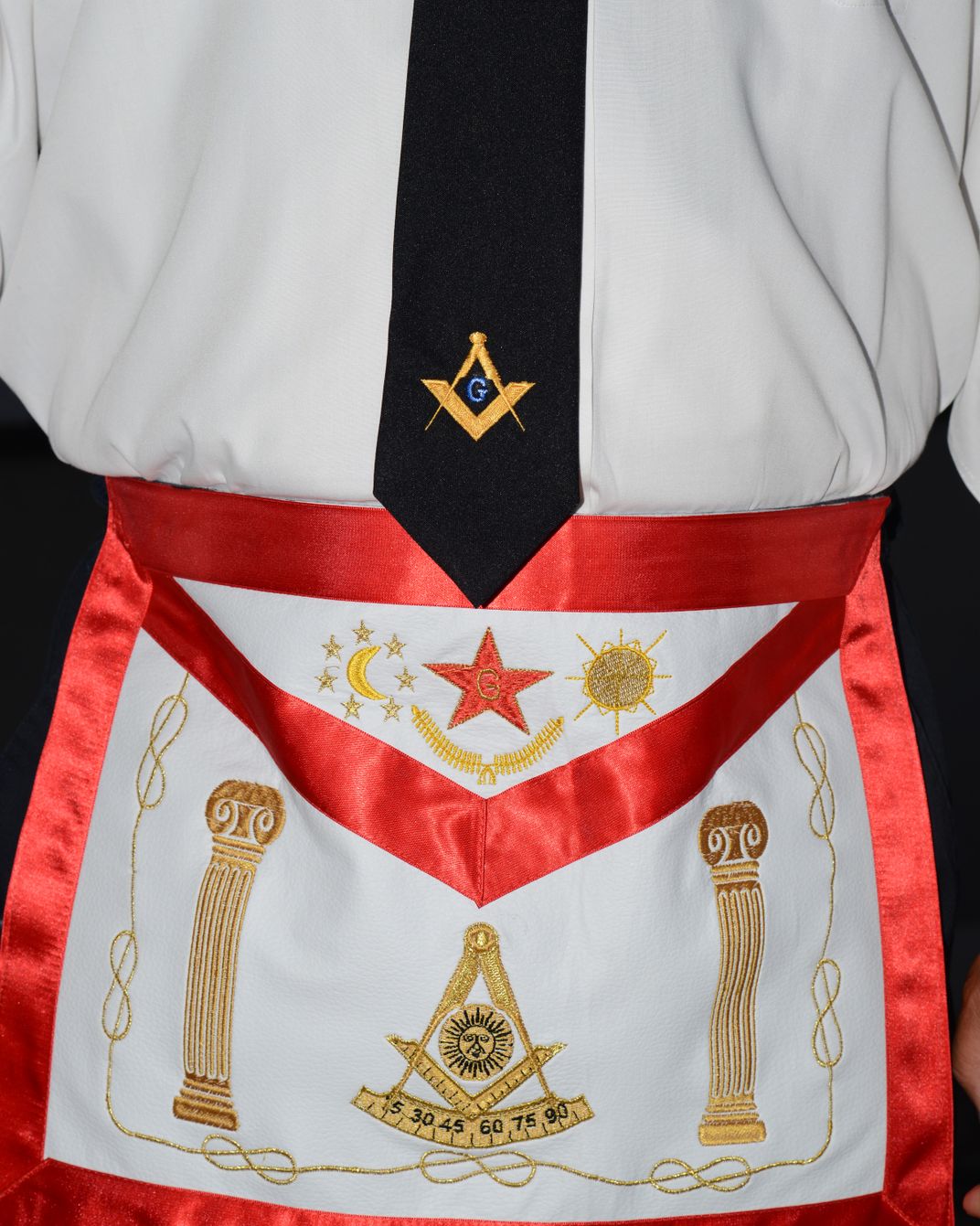
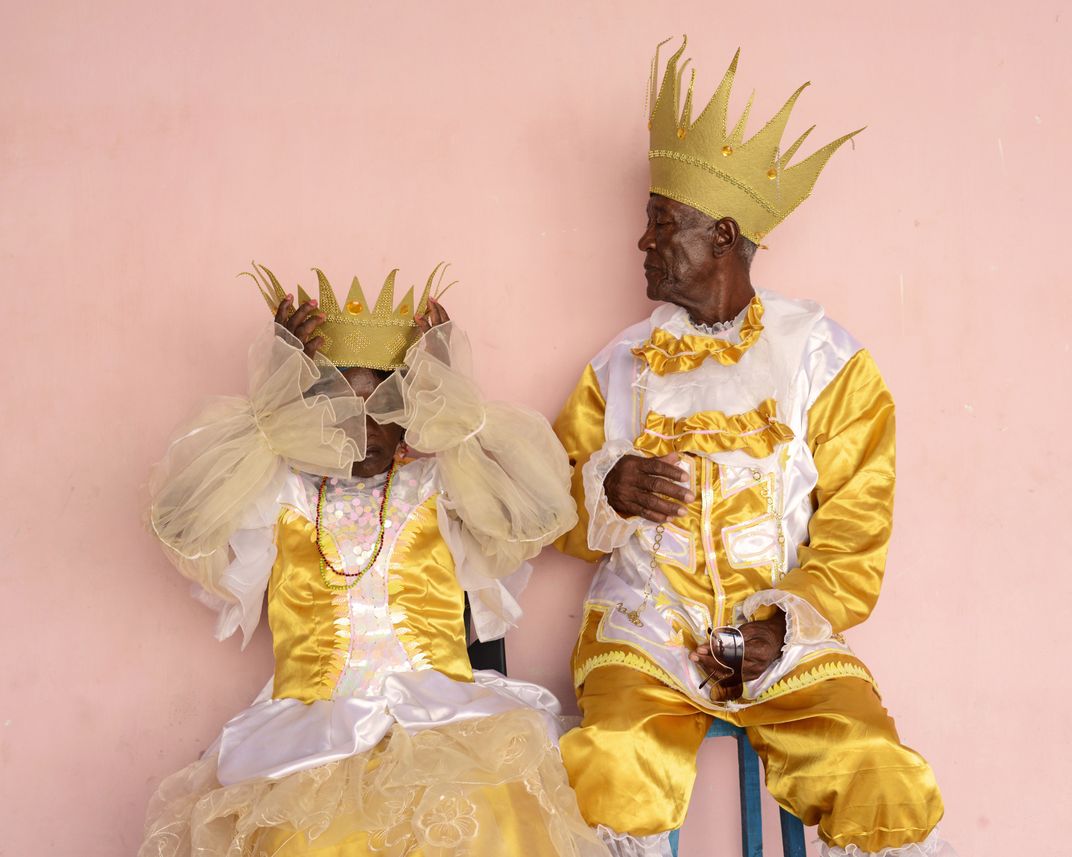
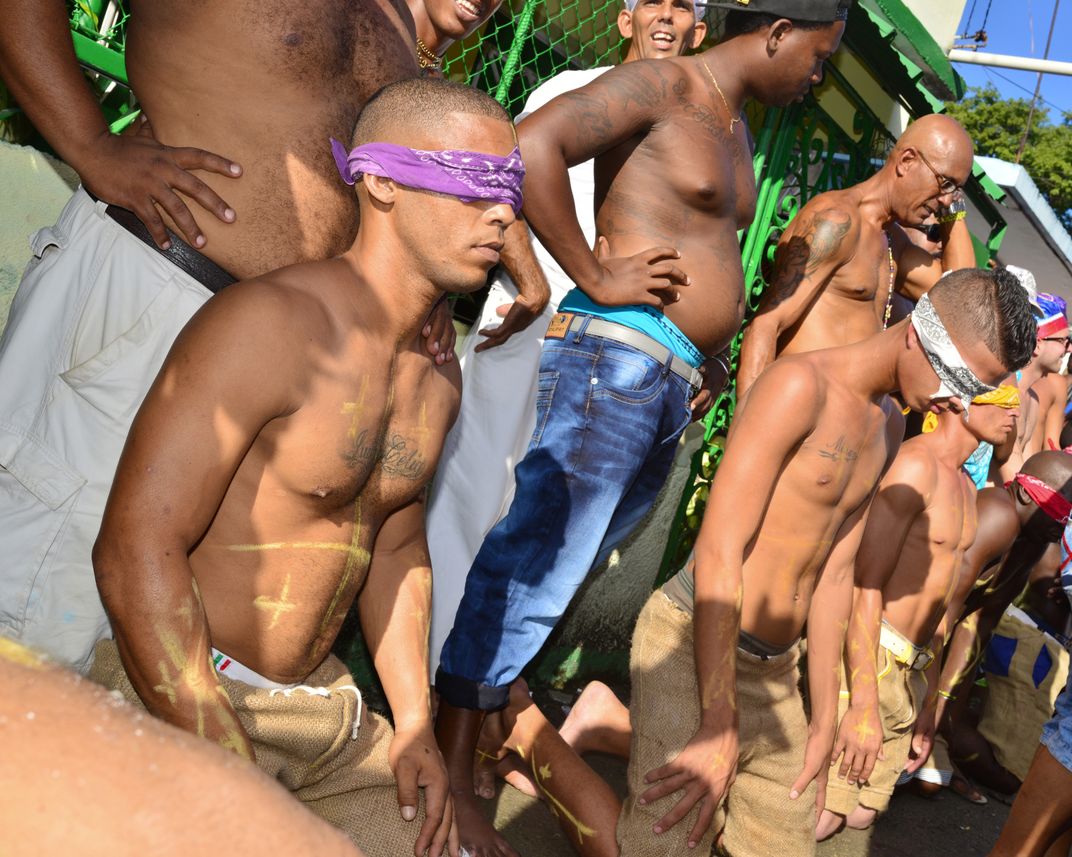
/https://tf-cmsv2-smithsonianmag-media.s3.amazonaws.com/filer/64/68/6468e5b5-a19d-4925-9a05-bcc352342694/sqj_1610_cuba_secrets_07.jpg)
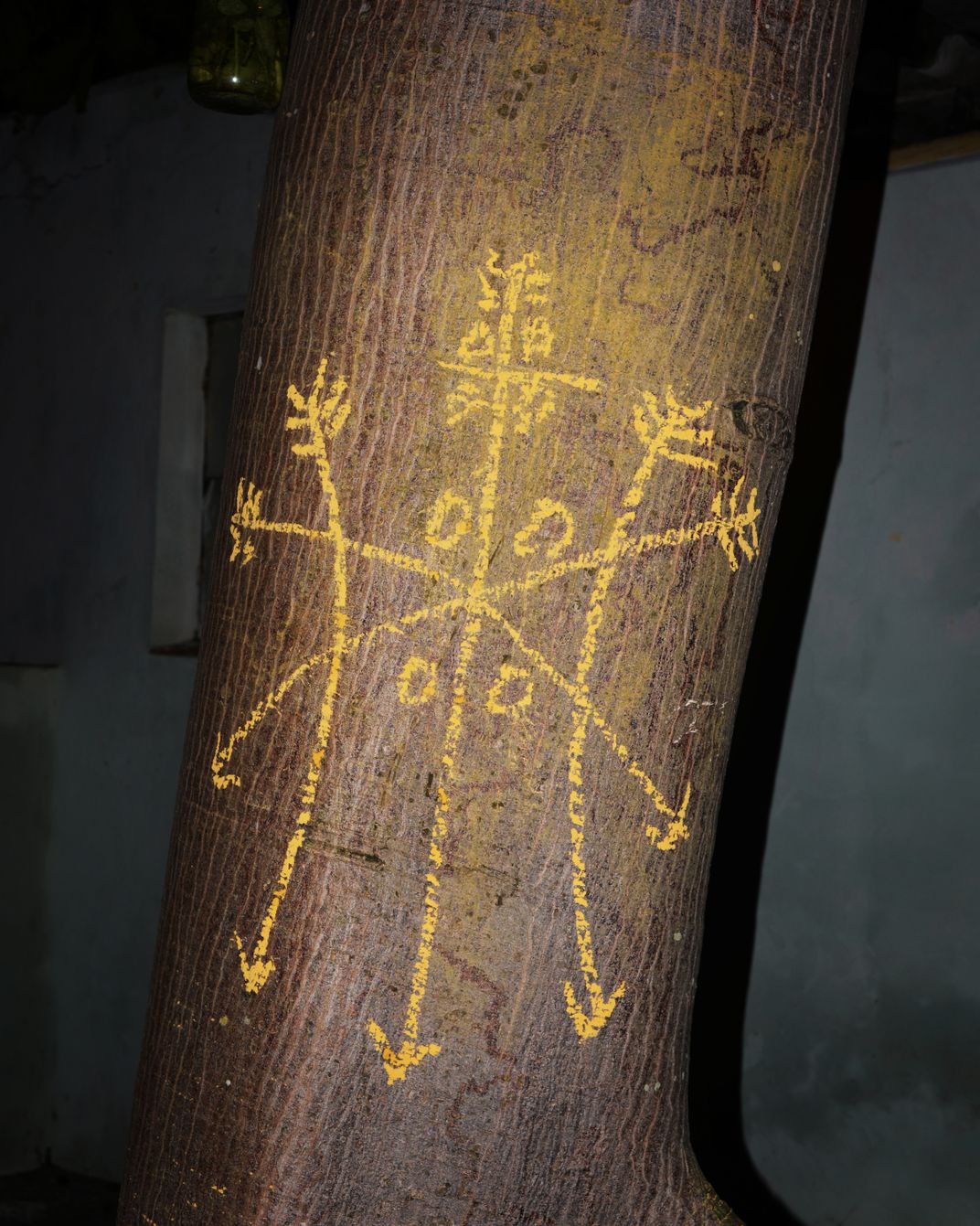
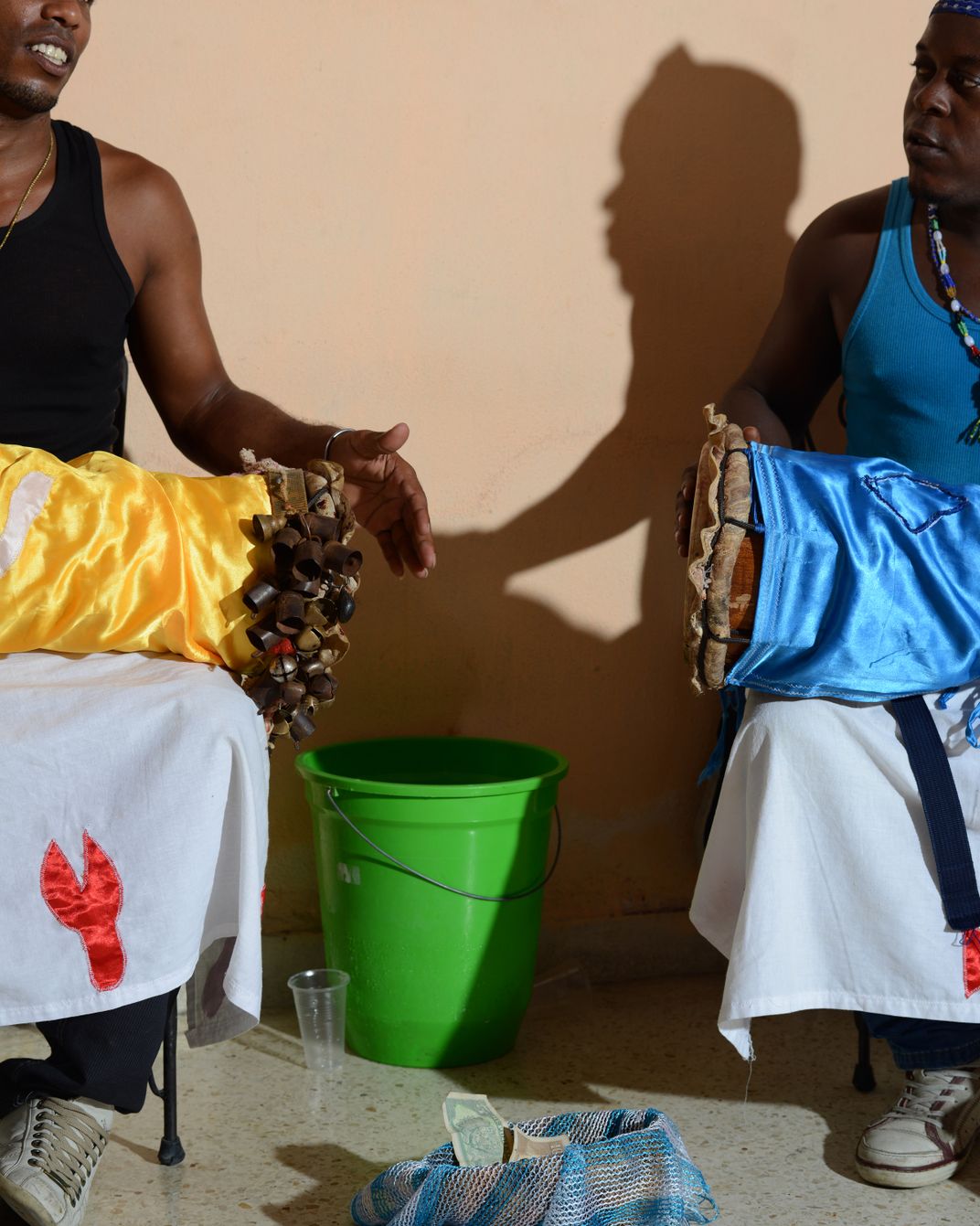
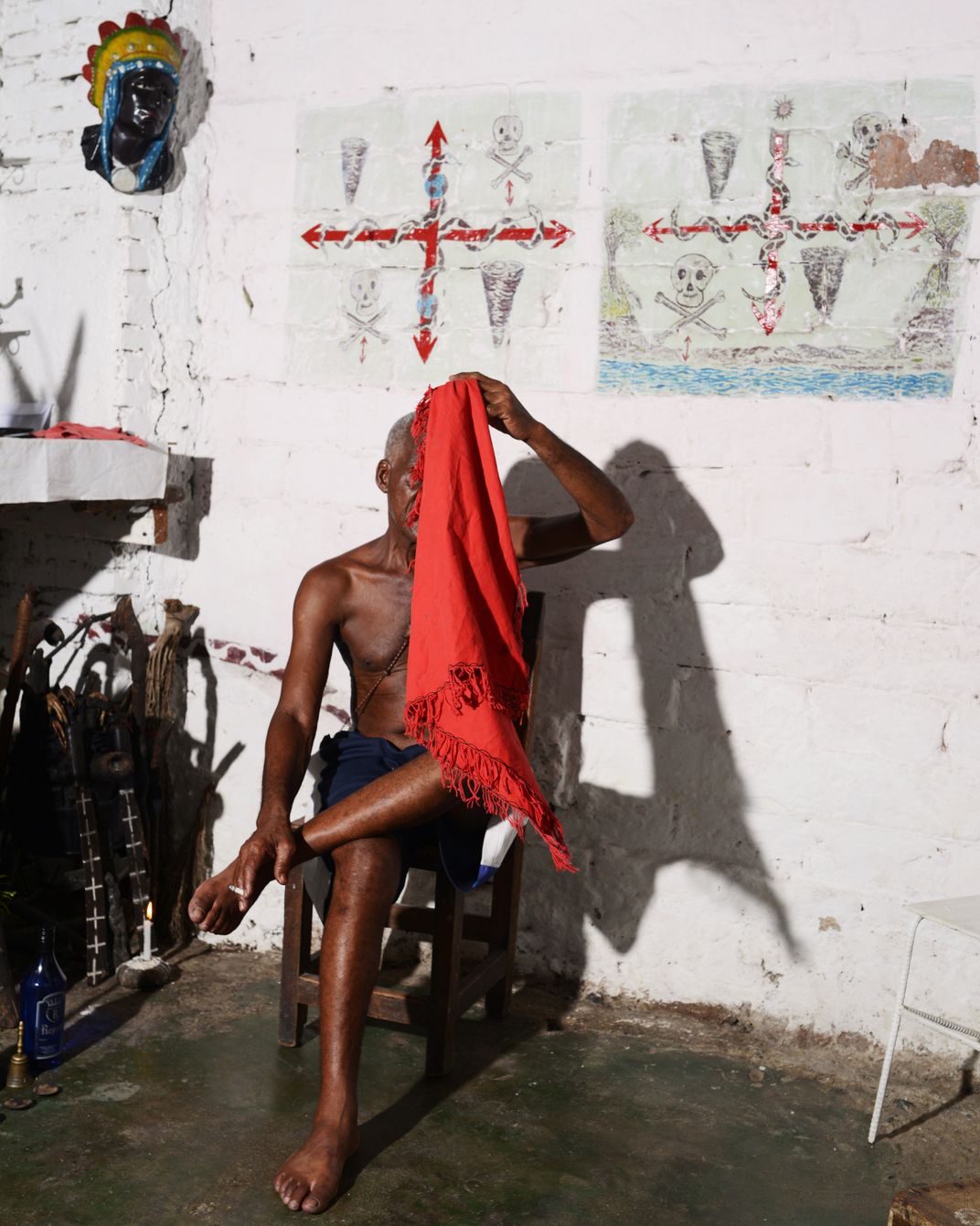
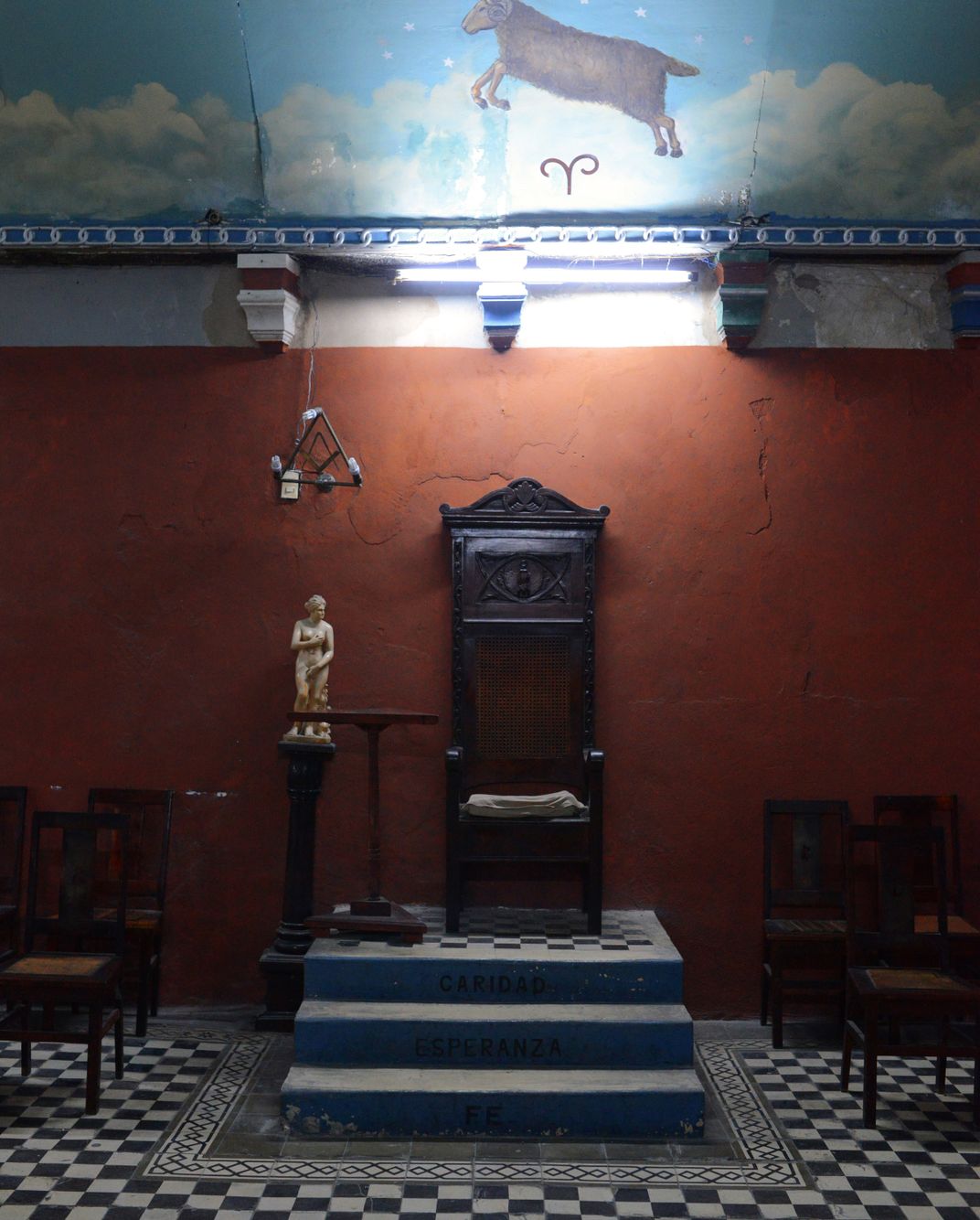
/https://tf-cmsv2-smithsonianmag-media.s3.amazonaws.com/accounts/headshot/Victoria-Bio-4.jpg)
/https://tf-cmsv2-smithsonianmag-media.s3.amazonaws.com/accounts/headshot/SQJ_1610_Cuba_Contribs_02-WR.jpg)